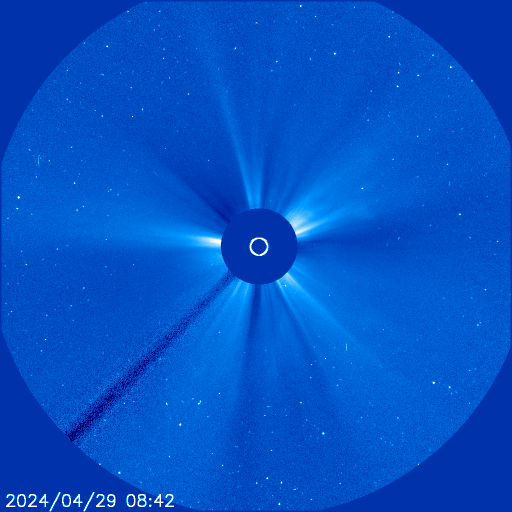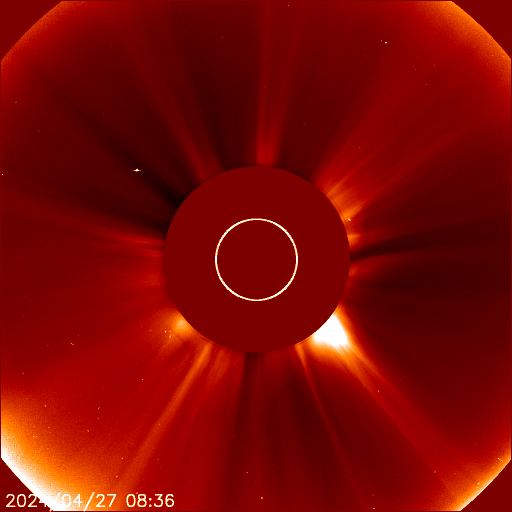But this asteroid orbits the sun in a highly unusual horseshoe pattern.
Earth has found a new companion that has joined its orbit around the sun, scientists have revealed.
It may not have the most romantic of names, but Asteroid 2010 SO16 could pursue Earth for anywhere between the next 120,000 to a million years.
And at a few hundred metres across, it is the largest space rock ever discovered so close to earth.

© NASA
Very unusual: Rather than follow its new friend all the way round, SO16 orbits the sun in a horseshoe shape, playing a constant game of catch up with Earth
Very unusual: Rather than follow its new friend all the way round, SO16 orbits the sun in a horseshoe shape, playing a constant game of catch up with Earth
But there is something unusual about SO16, say Apostolos Christou and David Asher who discovered the giant floating rock last September at the Armagh Observatory in Northern Ireland.
Rather than follow its new friend all the way round, SO16 orbits the sun in a horseshoe shape, playing a constant game of catch up with Earth, they say.
The closer to the sun an object is, the faster it will orbit.
So when SO16 entered the sun's orbit, it was further away than Earth and therefore slower.
When Earth finally caught up with the asteroid, instead of overtaking it, its gravitational pull drew it closer to the sun sending it back round at a faster pace.

© Image Source/Corbis
Match made near heaven: Asteroid 2010 SO16 could pursue Earth for anywhere between the next 120,000 to a million years
Match made near heaven: Asteroid 2010 SO16 could pursue Earth for anywhere between the next 120,000 to a million years
More simply, from the point of view of the Earth, the asteroid has a horseshoe-shaped orbit, constantly moving towards and away from the Earth without ever passing it.
But from the asteroid's point of view, it orbits the Sun continuously in the same direction, more quickly in smaller orbits and more slowly in bigger ones.
Christou and Asher say this process is repeated over and over again until the asteroid dies.
At the moment SO16 is travelling at one of its closest approach points and will be visible in the evening sky for several decades to come.











No comments